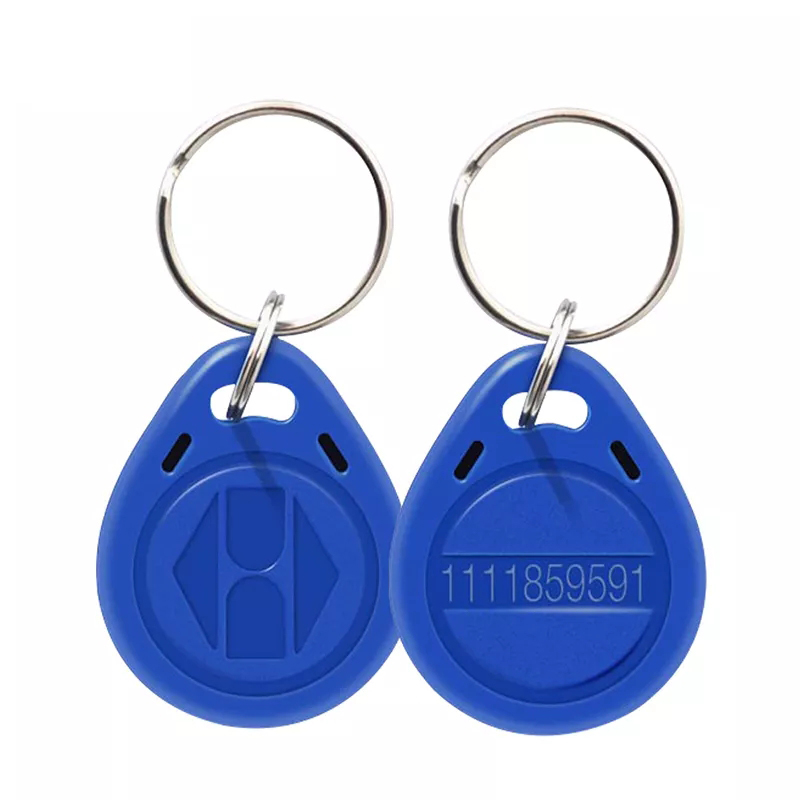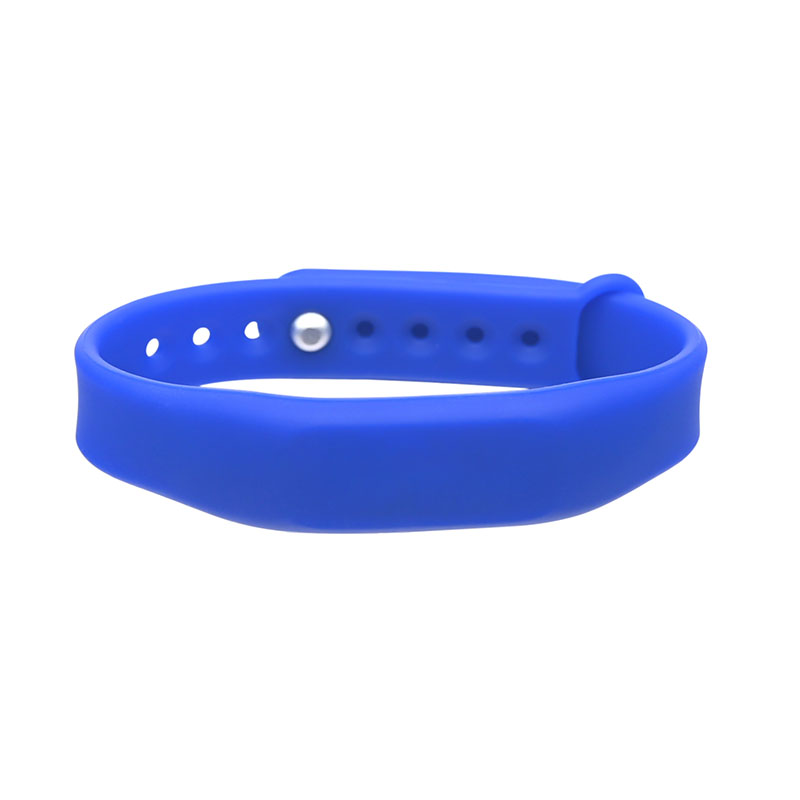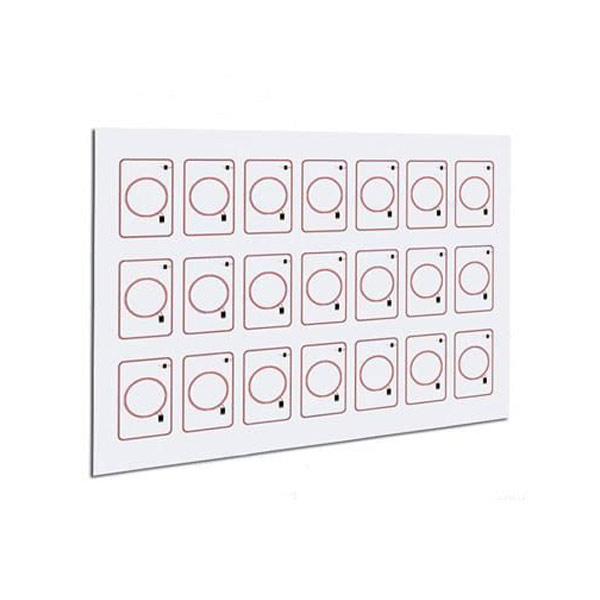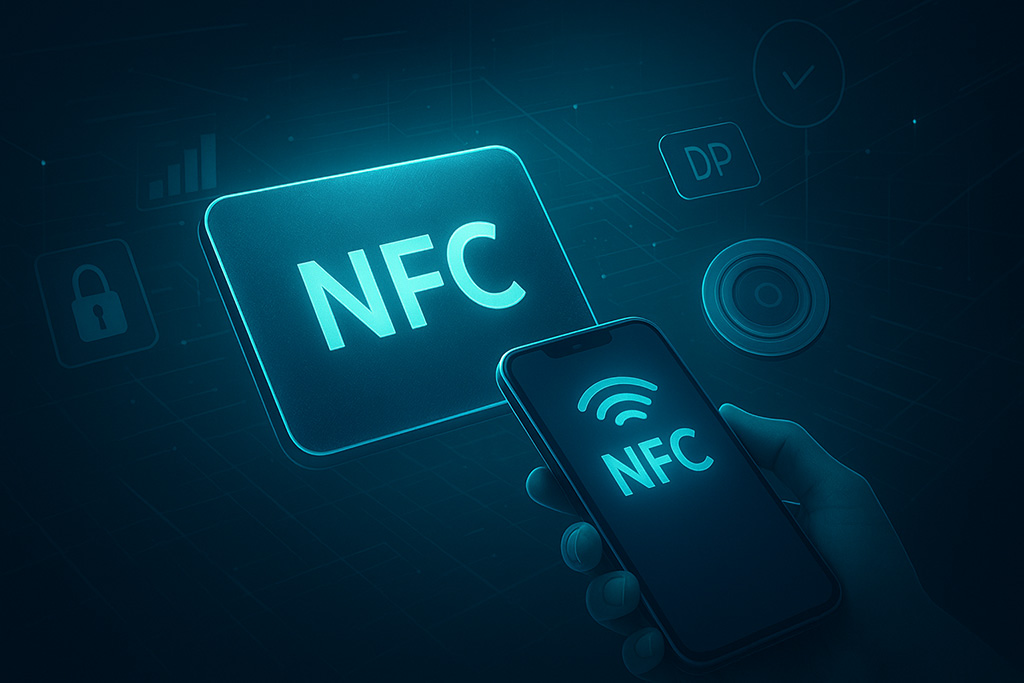
Near Field Communication (nfc) technology has evolved from a niche convenience feature into a widely adopted solution across payment systems, access control, public transportation, retail loyalty programs, and even creative marketing campaigns.
For buyers, especially those sourcing nfc products for business applications, understanding the variety of options—both in terms of card and tag types—is essential to ensure compatibility, reliability, and cost-effectiveness.
This guide will explore the fundamentals of nfc, the main product categories, selection criteria, and practical purchasing considerations.
1. Understanding nfc Technology and How It Works
nfc is a subset of Radio Frequency Identification (RFID) technology that operates at the 13.56 MHz frequency band, enabling short-range communication between devices—typically within a range of 4–10 centimeters. An nfc chip consists of an integrated circuit for data processing, memory storage, and an antenna coil that allows wireless energy transfer from an nfc reader or another nfc-enabled device.
An nfc card (or carte nfc in French) typically contains an nfc chip embedded within a plastic, metal, or composite substrate. These cards can store identification numbers, encrypted credentials, or small amounts of user-specific data.
Unlike traditional RFID, nfc is capable of peer-to-peer communication, allowing two devices to exchange data directly, which is particularly useful for applications such as smartphone-based payments or secure credential sharing.
From a buyer’s perspective, the key takeaway is that nfc performance depends on both the chip type and the physical design of the carrier (card or tag). Choosing the right combination is critical for ensuring seamless integration with your existing hardware or software ecosystem.
FeliCa Cards
FeliCa is a contactless smart card system developed by Sony, widely used in Japan, Hong Kong, and other Asian markets for transit ticketing and e-wallet applications. FeliCa cards offer fast transaction speeds (less than 0.1 seconds) and strong encryption mechanisms, making them ideal for high-traffic environments like subway gates or retail point-of-sale systems.
Buyers who wish to buy felica card products should note that FeliCa is not natively supported by all Android or iOS devices, so compatibility testing is essential. Additionally, licensing requirements may apply when deploying large-scale FeliCa-based systems.
MIFARE Classic Cards
The MIFARE Classic series, developed by NXP Semiconductors, is one of the most common nfc card types worldwide. The “1K” designation refers to the card’s 1 kilobyte storage capacity, suitable for storing access credentials, ticketing data, or loyalty points. The nxp mifare classic 1k android keyword refers to the card’s compatibility with many nfc-enabled Android devices, though some newer smartphones have dropped native support due to security considerations.
Buyers should weigh the benefits—low cost, widespread reader compatibility—against limitations, such as relatively basic encryption (Crypto-1) and potential cloning vulnerabilities. For secure applications, pairing MIFARE Classic cards with robust back-end authentication is recommended.
Metal nfc Cards
A metal nfc card offers a premium, durable, and visually distinctive form factor, making it popular for VIP membership programs, corporate business cards, and high-end event passes. However, because metal can interfere with nfc signal transmission, these cards require special antenna design or a layered construction with insulation between the metal surface and the nfc chip.
While they cost more than PVC-based cards, metal nfc cards convey a sense of exclusivity and can be an effective branding tool.
3. NFC Tags: Types and Characteristics
Blank nfc Tags
Blank nfc tags are unprogrammed, allowing users to encode them with custom data such as website URLs, contact details, or Wi-Fi credentials. The icode slix chip, developed by NXP, is designed for long-range and high-speed applications, often used in library systems, asset tracking, or event ticketing.
Blank tags are ideal for businesses that want to handle in-house programming or rapidly deploy customized solutions for specific campaigns.
Transparent nfc Tags
A transparent nfc tag offers aesthetic flexibility for integration into product packaging, glass surfaces, or promotional materials. These tags maintain the same functionality as standard PVC tags but feature a see-through design, making them visually discreet.
However, transparency comes at a cost: the antenna may be less shielded from physical damage, so these tags are better suited for controlled environments rather than outdoor or industrial settings.
Printable nfc Tags
Printable nfc tags are specifically designed to be compatible with inkjet or thermal transfer printing processes, enabling full-color branding directly onto the tag surface. They are popular for event tickets, promotional passes, and retail packaging. When choosing printable tags, buyers should ensure that the printing method does not damage the embedded nfc chip or antenna.
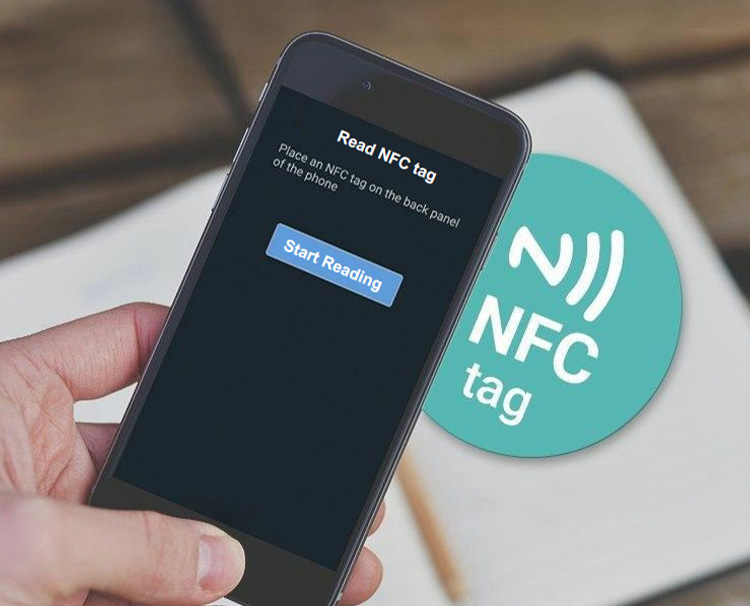
4. Selecting nfc Products for Specific Scenarios
The optimal nfc product depends on the intended application:
Access Control and Attendance Systems
High-durability cards with robust encryption—such as FeliCa or advanced MIFARE—are recommended. For employees or VIP guests, a hard badge format provides both security and brand visibility.
Mobile Payment and Loyalty Programs
Cards or stickers that are compatible with smartphones are crucial. A nfc sticker can turn any physical object—like a wristband or keychain—into a contactless payment or loyalty point collector.
Event and Exhibition Management
Single-use, low-cost nfc cards or tags—such as kartu nfc products—offer efficient attendee tracking. For premium events, metal nfc cards or customized hard badges create a memorable experience.
5. Real-World Case Studies
Retail Loyalty Upgrade
A supermarket chain in Southeast Asia replaced traditional barcode-based loyalty cards with nfc-enabled cards. The new system reducedcheckout time by 15% and allowed for instant digital coupon redemption.
Public TransportationA city transit authority adopted felica-based fare cards, enabling passengers to top up balances via kiosks or mobile apps. Transaction times at gates dropped to under 0.2 seconds, reducing congestion during peak hours.
Trade Show Access Control
Organizers of a technology expo used nfc hard badges embedded with MIFARE Classic chips to manage entry permissions, track session attendance, and facilitate networking via digital business card exchange.
6. Purchasing Pitfalls and How to Avoid Them
Chip Compatibility Issues:
Not all nfc chips work with all devices. Always test samples—especially for specialized chips like FeliCa or iCode SLIX—before placing bulk orders.
Material Impact on Performance:
Metal or foil layers can block nfc signals. For products like metal nfc card, ensure proper antenna insulation.
Supplier Quality Control:
Inconsistent manufacturing can lead to defective batches. Partner with suppliers who provide test reports and offer clear return policies.
7. Frequently Asked Questions (FAQ)
Q1: Are MIFARE Classic cards compatible with all Android devices?
A: No. While many older Android models support MIFARE Classic, newer devices may lack the necessary hardware or drivers. Compatibility should be tested before deployment.
Q2: Do metal nfc cards have shorter read ranges?
A: Without proper design, yes. However, high-quality metal nfc cards use insulation layers or antenna adjustments to maintain performance comparable to PVC cards.
Conclusion
Choosing the right nfc product is a matter of balancing technical requirements, cost considerations, and end-user experience. From high-speed felica cards to customizable printable nfc tags, the options are diverse. Careful planning, supplier vetting, and compatibility testing will ensure that your nfc investment delivers both functional and strategic value.


